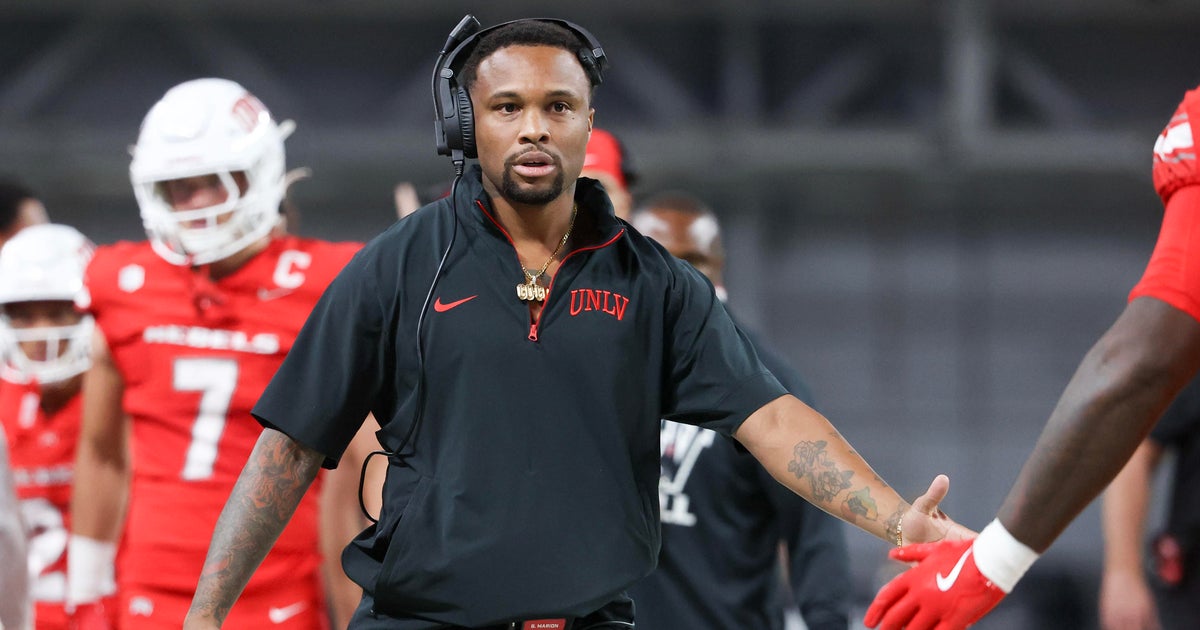CDC Issues First Guidelines To Treat Youth Concussions
(CNN) -- The Centers for Disease Control and Prevention has issued guidelines for the first time on treating children with concussions, saying they will provide doctors with the "tools they need to ensure the best outcomes for their young patients" with mild traumatic brain injury.
More than 800,000 children seek treatment for traumatic brain injury every year, according to Dr. Debra Houry, director of the CDC's National Center for Injury Prevention and Control. The issue has become more pressing as youth sports have grown in popularity and because research has shown that repeated blows to the head, such as from playing football or heading a soccer ball, can lead to long-term memory loss, dementia and other serious health issues.
The CDC said its guidelines were based on the "most comprehensive review of the science" over the past 25 years related concussions, which doctors and researchers refer to as mild traumatic brain injury, or mTBI.
"Until today, there was no evidence-based guideline in the United States on pediatric mTBI -- inclusive of all causes," Houry said in a news release. "Healthcare providers will now be equipped with the knowledge and tools they need to ensure the best outcomes for their young patients who sustain an mTBI."
The CDC guidelines include 19 sets of recommendations. Of those, the public health agency highlighted "five key practice-changing" recommendations:
- Do not routinely image pediatric patients to diagnose a mild traumatic brain injury.
- Use validated, age-appropriate symptom scales to diagnose a concussion.
- Assess for risk factors for prolonged recovery, including history of concussions or other brain injury, severe symptom presentation immediately after the injury, and personal characteristics and family history.
- Provide patients and their parents/caregivers with instructions on returning to activity customized to their symptoms.
- Counsel patients and their parents/caregivers to return gradually to non-sports activities after no more than two to three days of rest.
The CDC published the guidelines Tuesday in the medical journal JAMA Pediatrics.
In an accompanying editorial, Michael McCrea, a professor of neurosurgery and neurology at the Medical College of Wisconsin, and Dr. Geoff Manley, vice chairman of neurological surgery at the University of California, San Francisco, praised the CDC for issuing the guidelines, saying that "clinicians have been hampered for years by the lack of an evidence base to inform diagnosis, prognosis, and management" of youth concussions.
Over the past two decades, they said, it has become clear that a concussion is "often not a benign, self-limited condition as once thought. Rather, it may result in persistent physical, neuropsychiatric, and cognitive symptoms that exact substantial impact on life function and quality. Pediatric mTBI is now recognized as a major public health problem."
"We applaud the CDC guideline's recommendation for clinicians to counsel children and their parents as to the known acute effects of injury, expected course of recovery, and factors that may positively or negatively affect recovery and outcome after mTBI," McCrea and Manley wrote.
McCrea and Manley said the adoption of the guidelines by doctors on the front lines will prove key, adding that "a major challenge to the implementation and widespread adoption of this guideline is the absence of any standardized system of care for adult or pediatric patients with TBI in the United States."
But the new CDC guidelines, McCrea and Manley wrote, are "a solid step toward achieving this comprehensive, personalized approach to state-of-the art care."
The-CNN-Wire
™ & © 2018 Cable News Network, Inc., a Time Warner Company. All rights reserved.



